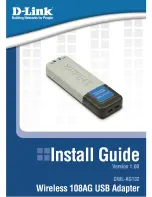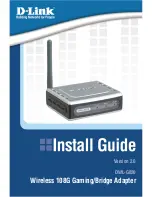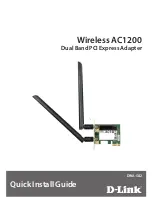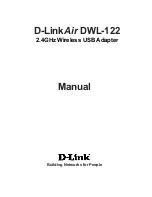
Fabric rules for H-series switches
Table 13
describes the rules for creating a SAN with H-series switches.
Table 13 H-series switches fabric rules
Description
Rule
nl
number
Supports up to 30 switches with up to 600 total 8 Gb/s ports, up to 120 10 Gb/20 Gb stacking
ports, and up to 512 user ports in a fabric.
1
Supports a maximum of 7 switch hops (8 switches) between any 2 communicating devices.
2
8/20q Fibre Channel Switch supports from 8 ports to 20 ports, in 4-port increments; SN6000
Fibre Channel switch supports 20 ports plus 4 stacking ports.
3
ISL maximums
When designing a fabric using 8-port, 12-port, 16-port, or 20-port switches, you can use up to six 8
Gb ports per switch as ISLs.
Fabric rules for H-series switches with TR
This section describes the fabric rules for H-series switches with TR connecting to B-series or C-series
fabrics.
The TR feature provides inter-fabric routing on a per-port basis, allowing controlled access between
devices on an H-series switch (local) fabric and devices on a remote fabric consisting of B-series or
C-series switches. The establishment of a routed connection using TR maintains a high level of isolation
between fabrics. A transparent route between two devices consists of a connection from a TR_Port
on an H-series switch to a switch in the remote fabric, a mapping of the two devices to be routed
together, and an IFZ for the routed devices in both fabrics.
Each fabric contains a matching IFZ and each IFZ contains three WWN members: the local device,
the remote device, and the TR_Port connected to the remote fabric. This inter-fabric connection uses
the Fibre Channel industry-standard NPIV, making local and remote devices accessible to each other
and maintaining local and remote fabrics as separate fabrics.
You can connect multiple H-series switches to one or more remote fabrics using multiple TR_Ports.
Local and remote devices are identified by their respective worldwide port names.
You can configure transparent routing using QuickTools or the CLI. HP recommends that you use
QuickTools because it validates your entries, manages the zone mapping for the local fabric, and
creates a list of zoning commands you can run in a script on a B-series or C-series SAN switch. For
more information and important configuration details, see the following documents:
•
HP StorageWorks SN6000 Fibre Channel Switch QuickTools Switch Management User Guide
•
HP StorageWorks SN6000 Fibre Channel Switch Command Line Interface Guide
•
HP StorageWorks 8/20q Fibre Channel Switch QuickTools Switch Management User Guide
•
HP StorageWorks 8/20q Fibre Channel Switch Command Line Interface Guide
Table 14
describes the supported remote fabric switches you can use to connect to an H-series switch
TR_Port.
H-series switches and fabric rules
88
Summary of Contents for StorageWorks 4000/6000/8000 - Enterprise Virtual Arrays
Page 26: ......
Page 34: ...SAN design overview 34 ...
Page 60: ...SAN fabric topologies 60 ...
Page 80: ...Fibre Channel routing 80 ...
Page 82: ......
Page 92: ...H series switches and fabric rules 92 ...
Page 156: ...C series switches and fabric rules 156 ...
Page 182: ...SAN fabric connectivity and switch interoperability rules 182 ...
Page 184: ......
Page 270: ...XP and VA storage system rules 270 ...
Page 276: ...Enterprise Backup Solution 276 ...
Page 278: ......
Page 354: ...SAN extension 354 ...
Page 398: ...Network Attached Storage 398 ...
Page 400: ......
Page 416: ...Storage security 416 ...
Page 428: ...Best practices 428 ...
Page 456: ...456 ...
















































